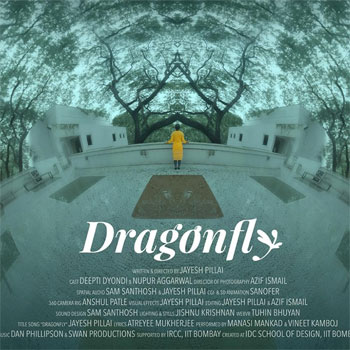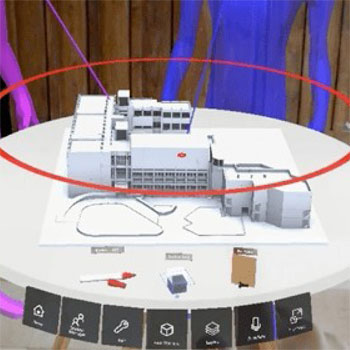Prof. Jayesh Pillai is an associate professor at the IDC School of Design, IIT Bombay. His research interests include immersive media design, virtual reality (VR), augmented reality (AR), visual and interactive storytelling, and interaction design. He teaches several courses related to these areas for both MDes and BDes programmes, such as "Media Technology," "Design for Virtual Reality," and "Digital, Media, and Technology." Prof. Pillai has an extensive list of publications, focusing on topics like the grammar of VR storytelling, narrative immersion in VR cinema, and the design of augmented reality experiences for educational purposes. Notable works include "Grammar of VR Storytelling: Analysis of Perceptual Cues in VR Cinema" and "Cinévoqué: Design of a Passively Responsive Framework for Seamless Evolution of Experiences in Immersive Live-Action Movies."





